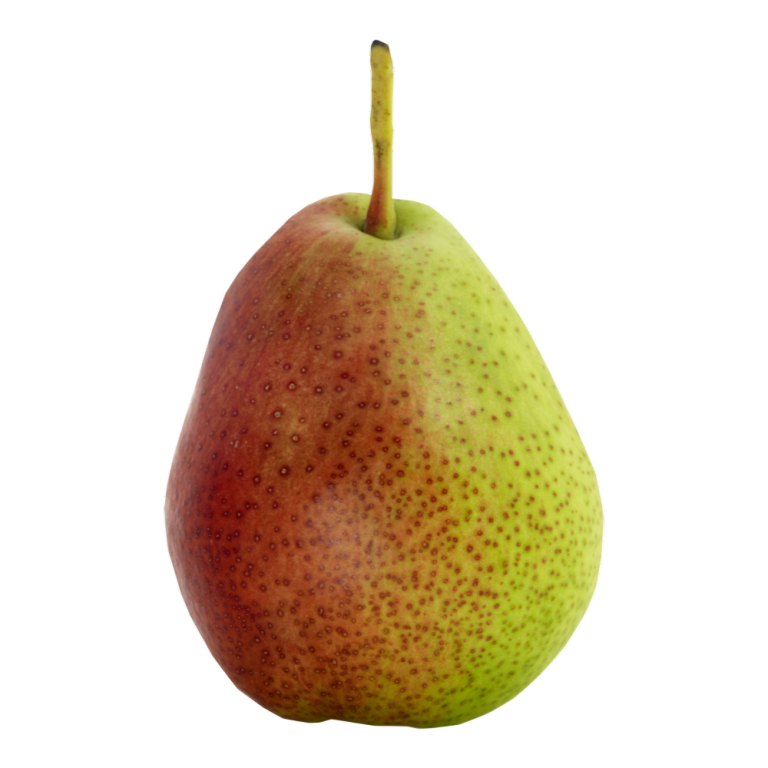Identifying Forelle
Forelles (pronounced for-EL) are one of the smallest varieties of pears, a little larger than Seckel pears. Their symmetrical body, often bell-shaped, begins with a small round base that tapers evenly to a short neck. Their stem is usually long, straight, and narrow. A unique characteristic are the red lenticles, or freckles, that set this variety apart. Their flesh is moist and crisp.
Seasonality
Forelles are perhaps one of the best kept secrets of pear lovers. Their overall crop size is among the most limited of all commercially grown pears in the Northwest. However, that is no reflection upon the demand for Forelles by those who are familiar with the variety. They are available from September through January, so don't pass an opportunity to buy these bite-size delights whenever you find them displayed in the markets where you shop.
Ripening
Forelles are one of the few varieties of pears that do change color as they ripen. An attractive red freckling, called "lenticels," remains brilliantly visible while an underlying green skin turns bright yellow as they ripen.
Like all pears, Forelles ripen at room temperature. The length of time necessary to ripen Forelles depends on how ripe the fruit is when purchased. It may take several days before Forelles begin signaling ripeness. However, the wait is rewarded with a beautiful transition in the fruit's appearance, and a delicious, sweet and tangy flavor with a satisfying crisp texture.
The Unique Beauty of Forelles
Forelles are one of the most colorful pears. Their red lenticles appear in bright contrast to their brilliant yellow skin when ripe. A bowl full of ripening Forelles provides a beautiful and edible centerpiece, particularly during the holidays and other special occasions.
Culinary Uses
Because of their small size, Forelles are typically not the best choice for most recipes; the exception being those that showcase the Forelle's unique characteristics, like in colorful salads and other fresh uses. It is their small size, however, that makes Forelles a good choice as snacking pears. They are very sweet, with a flesh that is slightly firmer than most other pears. Their size, festive appearance, and naturally sweet flavor make Forelles a winner in children’s lunch boxes. Trade a Forelle for a Twinkie? No way!
The History of Forelle
Forelles are a very old variety, and are thought to have originated sometime in the 1600's in northern Saxony, Germany. The name Forelle translates to mean "trout" in the German language. It is believed that the variety earned this name because of the similarity between the pear's brilliant red lenticles and the colors of a Rainbow trout.
Forelles were introduced to the United States by German immigrants in the 1800's, and they are now produced in the Pacific Northwest states of Oregon and Washington.
